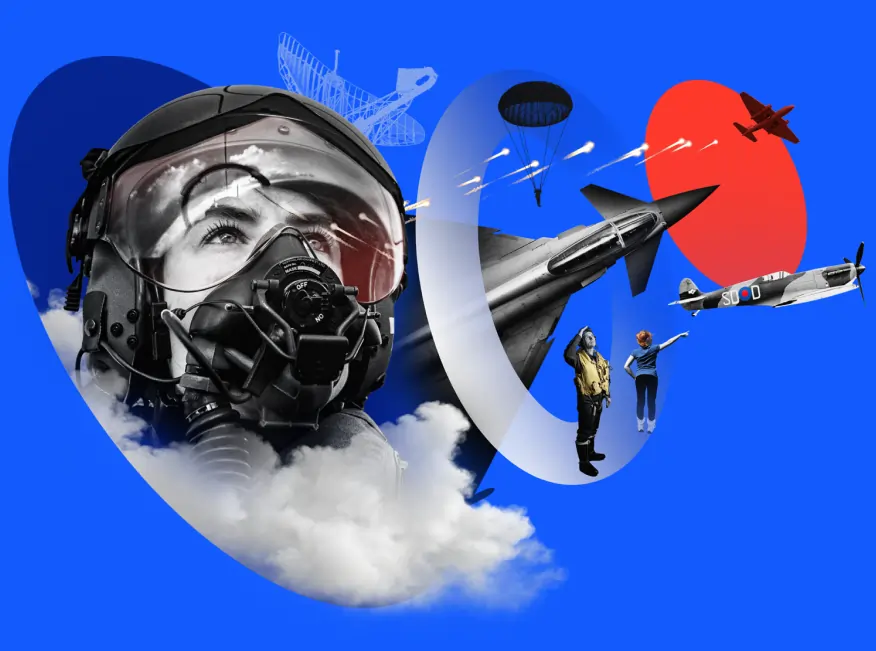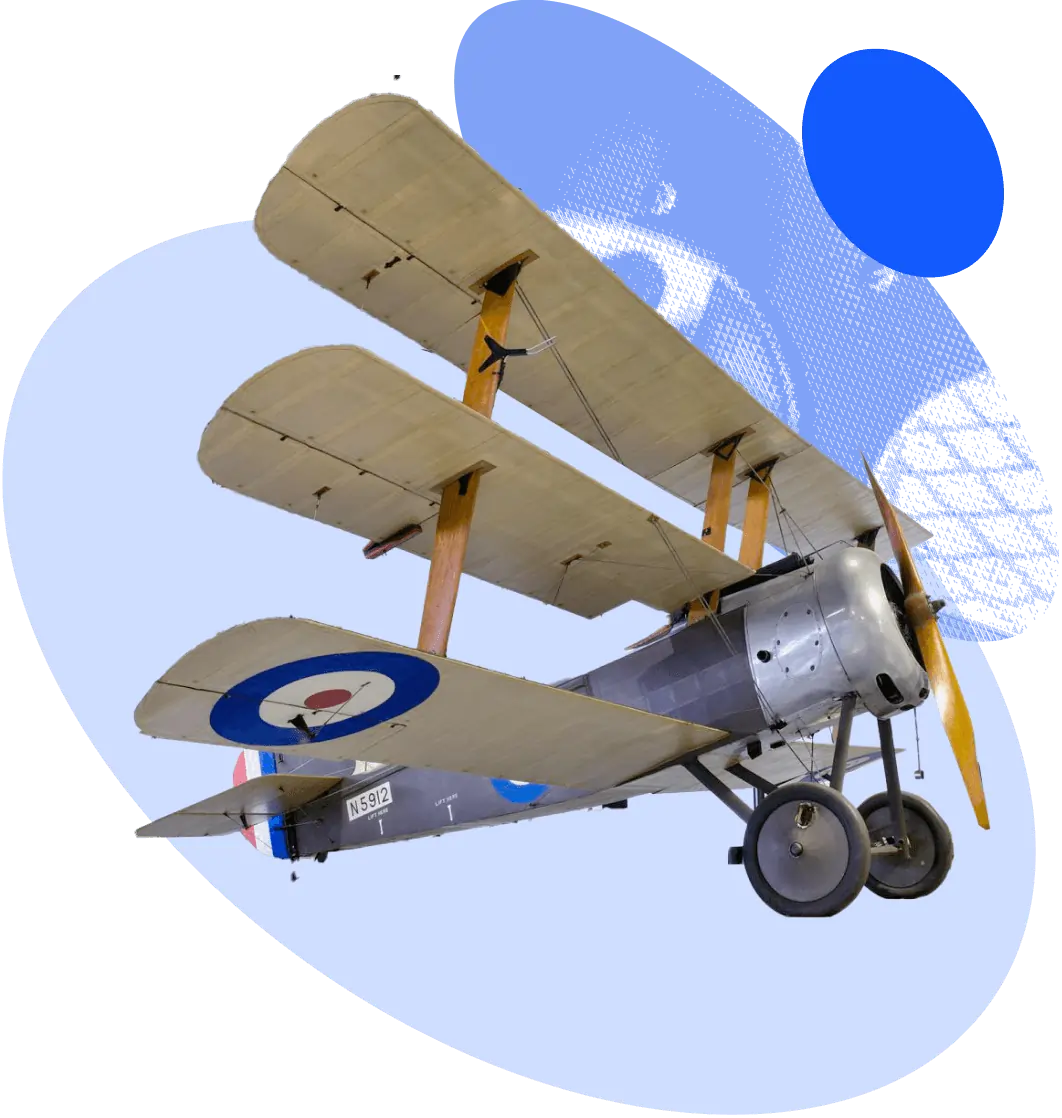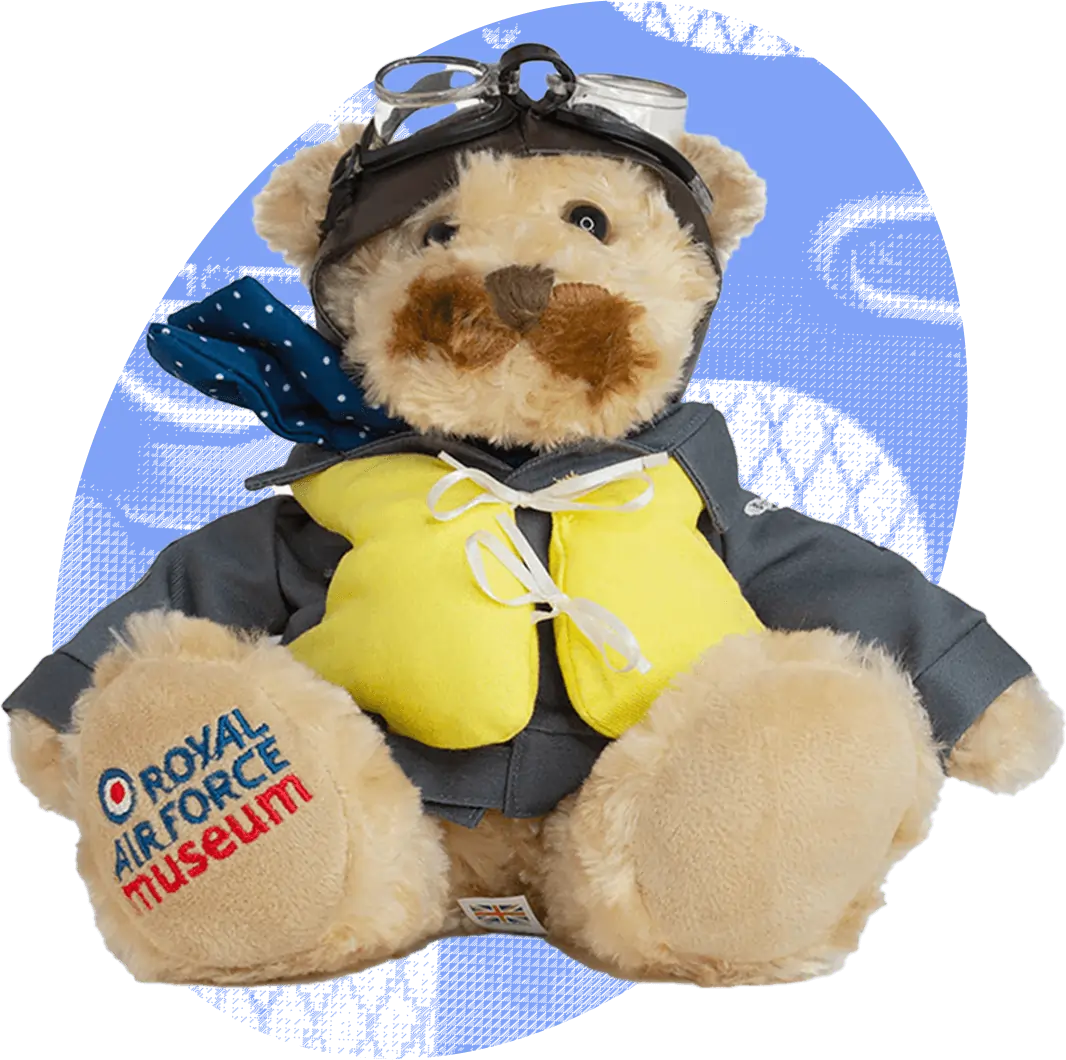The Royal Air Force Museum offers a fun, entertaining family day out.
Entry is FREE and we're open daily from 10.00am.
From historic aircraft to interactive experiences and a fantastic outdoor playground, both of our sites offer a full day of family fun activities.


